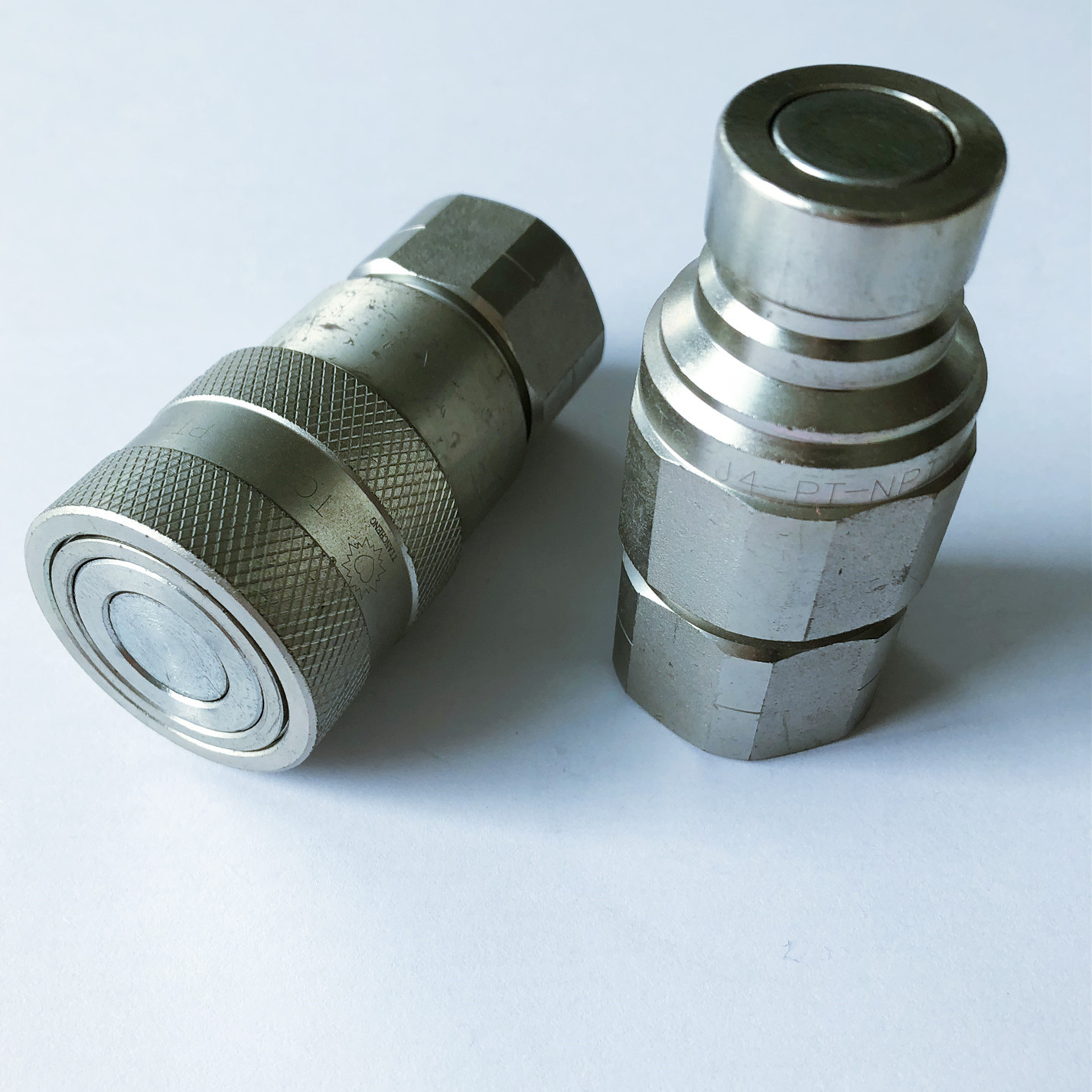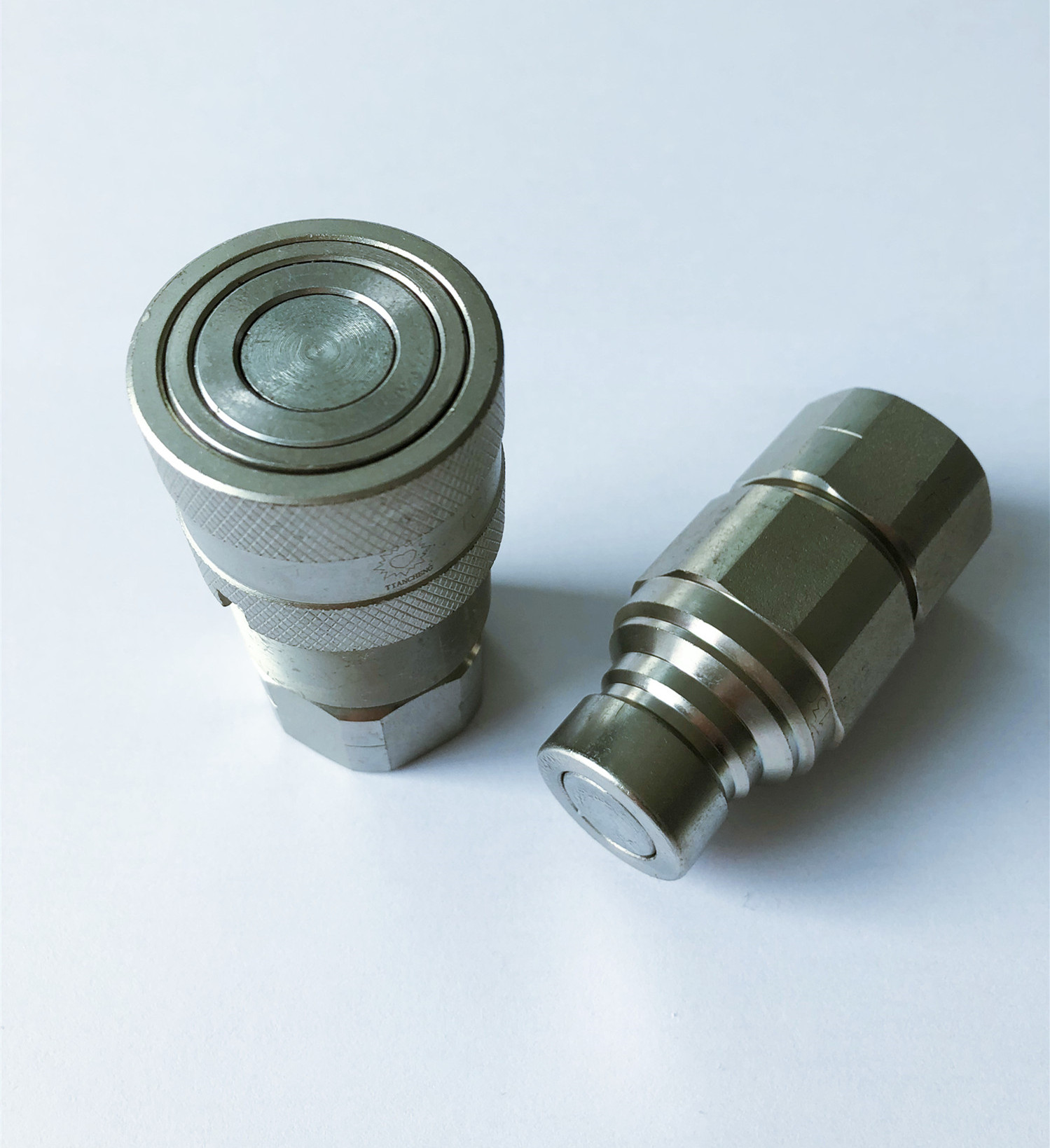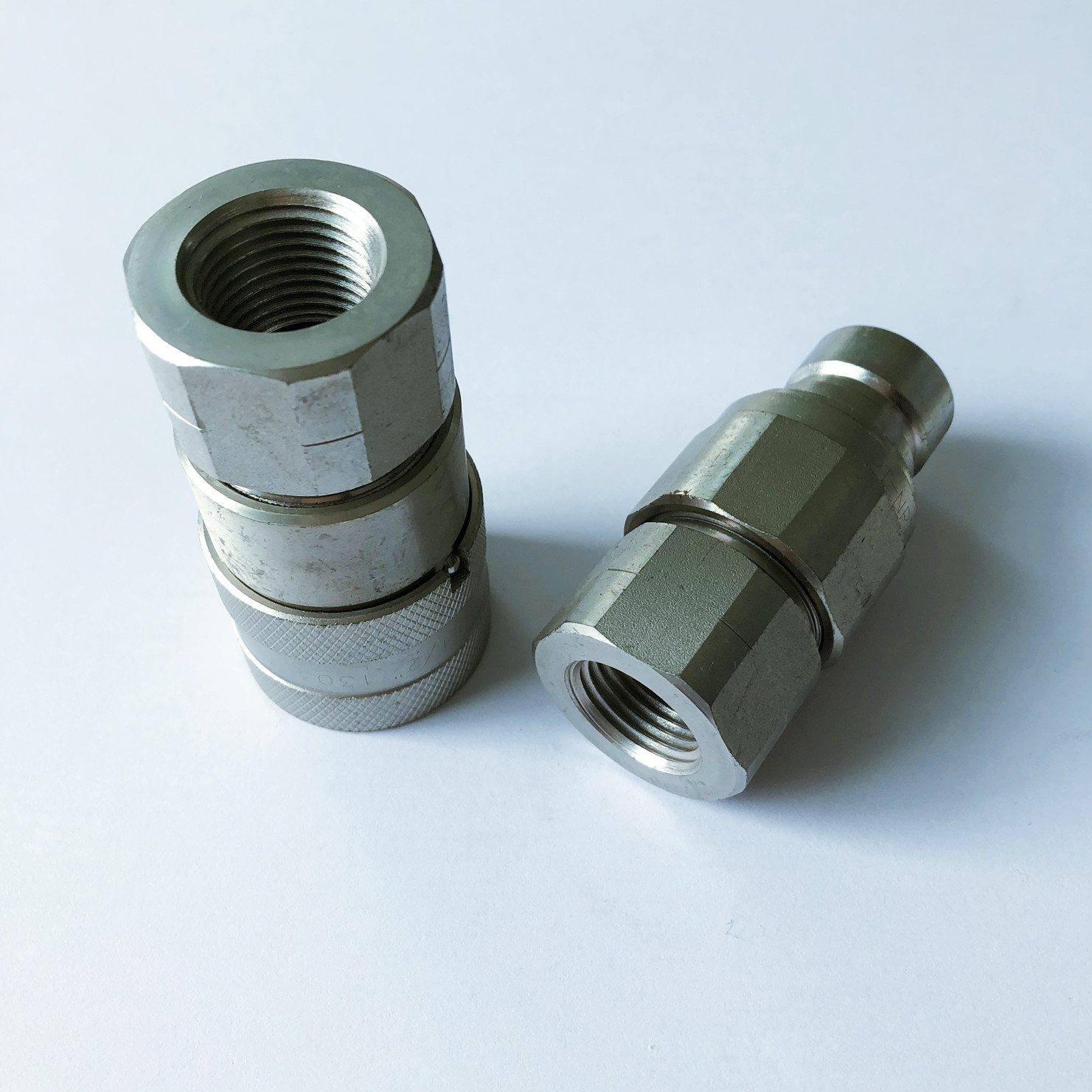Smart Grid Transmission Technology and Power Equipment
The construction of smart grid grid should not only develop large-capacity long-distance and low-loss transmission technologies, but also consider the impact of large-scale intermittent new energy access on transmission networks, mainly focusing on flexible AC transmission and its corresponding flexible AC transmission equipment, , UHVDC and HTS technology. The first two involve a large number of power electronic equipment. The last one involves key technologies and equipment such as new materials and composites.
FACTS technology and equipment
Flexible AC transmission technology is a product of the combination of modern power electronics technology and power system, which is the embodiment of intelligent power equipment used in power transmission. The technology uses power electronic devices with separate or integrated functions to flexibly and quickly control the main parameters of the power transmission system such as voltage, phase difference and reactance in order to achieve reasonable distribution of transmission power, reduce power consumption and power generation costs, Dramatically improve system stability and reliability. There are more than a dozen of devices that have been successfully applied or are currently under development and research, such as SVC, STATCOM, PSS, SSSC, Unified Power Flow Control (UPFC), thyristor controlled series capacitor (TCSC), thyristor controlled reluctance reactor (TCSR) and switchable static compensator (CSC).
In recent years, this technology has been applied in important EHV transmission projects in the United States, Japan, Sweden, Brazil and other countries. However, the application of FACTS technology is still limited to individual projects. If large-scale application of FACTS devices, some global technical problems are to be solved, for example, the coordination and cooperation of multiple FACTS device control systems, the FACTS devices and existing conventional control, Electricity protection convergence problems. With the development of smart grids and the improvement of power electronics performance and cost, FACTS devices and equipment will be used in large scale in the future transmission field.
HVDC technology and equipment
HVDC is the power plant sent through the exchange of AC into DC, and then through the DC transmission line to the receiving end and then into alternating current injected into the AC power grid. The core technology of DC transmission concentrates on converter station equipment, DC converter station to achieve the DC and AC mutual energy conversion. In addition to the AC substation with the same exchange substation equipment, there are the following unique equipment, converter valve, control and protection systems, converter transformers, AC filters and reactive power compensation equipment, DC filters, smoothing reactor and DC field devices , While the commutation valve is the core equipment converter station, its main function is to AC and DC conversion, from the initial development of the mercury arc valve to the current electronically controlled and light-controlled thyristor valve, valve unit capacity is increasing.
At present, LVDT technology in HVDC (LIGHTHVDC) is currently receiving much attention. For example, onshore HVDC (HVDC) devices for offshore wind turbines, inverters can be replaced by turn-off devices such as GTOs and IGBTs to avoid the risk of commutation failure , There is no requirement on the capacity of the recipient system. The future can be used to power isolated small systems, such as offshore oil platforms and islands, or to distribute distributed power sources such as fuel cells and photovoltaic power generation in urban distribution systems, which is an important technology and equipment for the development of smart grids.
Superconducting technology and equipment
The goal of smart grids is to reduce network losses. An important goal of smart grid planning in the United States is to achieve a superconductor-based backbone network that drastically reduces network losses. Superconducting power technology is the use of superconductor unobstructed high-density current carrying capacity and the superconducting superconducting state and the normal state of the physical properties of the development of a new power technology, it is in the realization of power devices, lightweight, miniaturization, Low power consumption and improve the safety, stability and power quality of power system has important significance and broad application prospects. Superconducting technology and its development of various devices are an important part of the development of smart grid and carrier. Currently, superconducting power technology has entered a period of rapid development. Several superconducting power devices, such as superconducting cables, superconducting transformers, superconducting current limiters and superconducting magnetic energy storage systems, have been put into trial operation in power systems. Table 1 is the characteristics of superconducting power equipment and its role and impact on the power industry.
The ISO16028 interchange Quick Coupling is flat face connect coupling, is specifically designed for these applications where quick and easy connections and no-spill performance are essential. This series is ideal for use when glogal interchangeability with other manufacturers is important. The connection method of the nipple and the socket is push-to-connect. The coupling have color identification rings that is available to help prevent crossing of lines.



ISO16028 Series Quick Coupling
Quick Release Coupling,Quick Disconnect Coupling,Quick Disconnect Connectors,Iso16028 Series Quick Couplings
XINXIANG PINGYUAN AVIATION HYDRAULIC EQUIPMENTS CO.,LTD , https://www.coupling.pl
